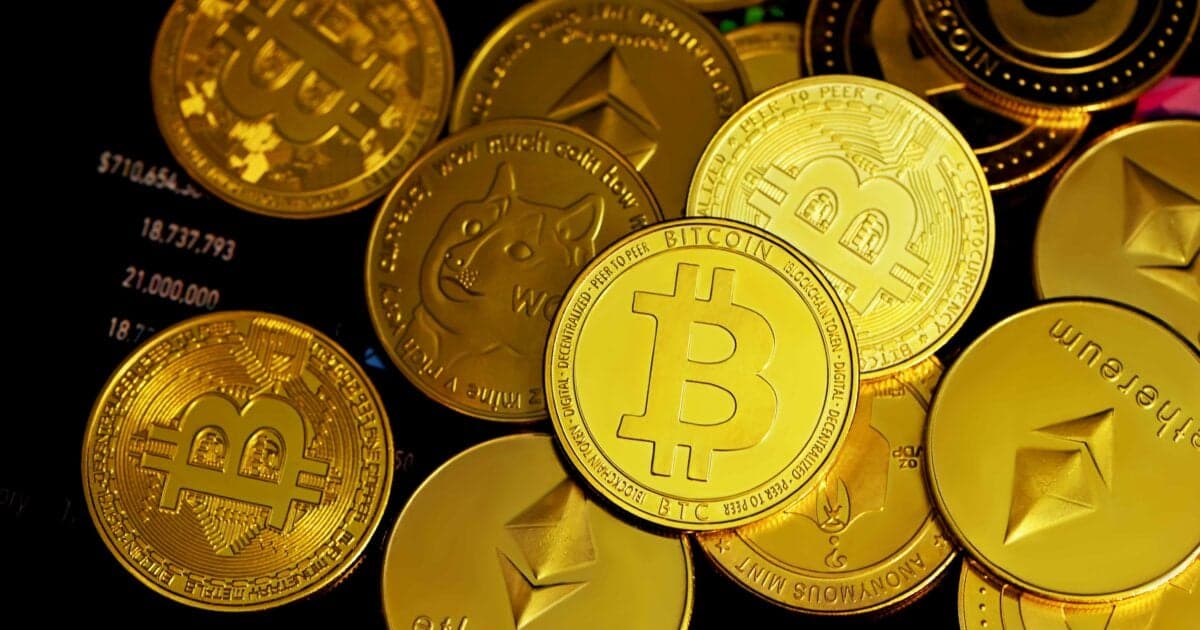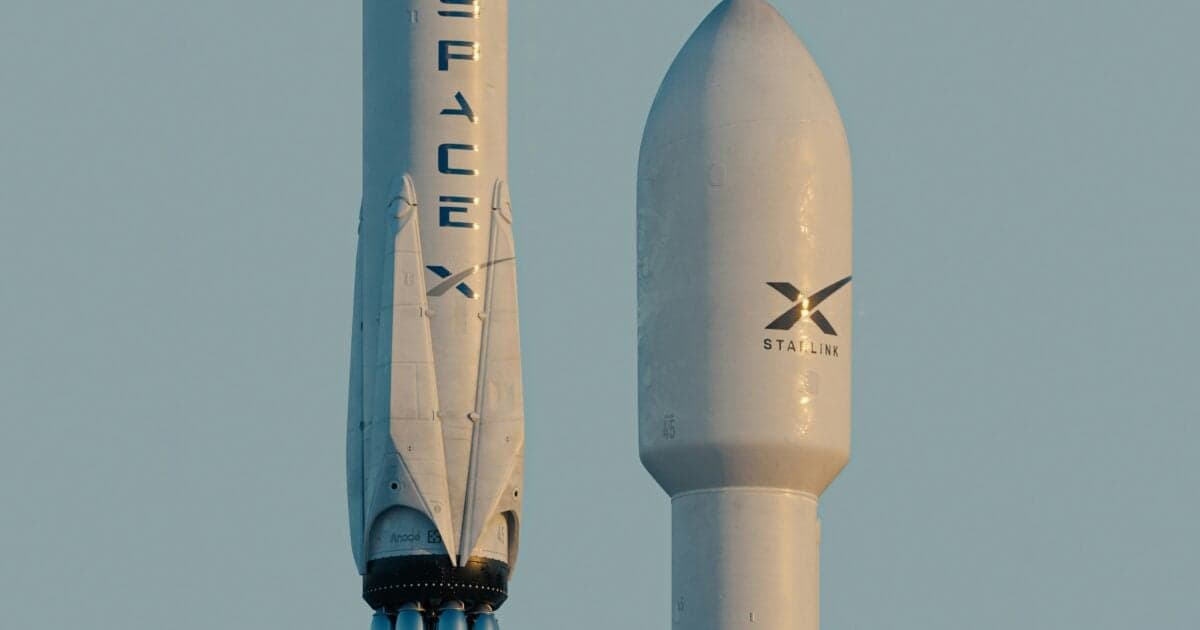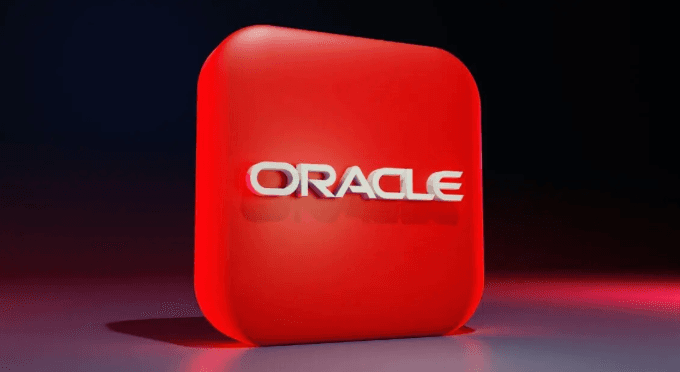Intel-White House Deal: What It Means for Investors


The United States government is now a shareholder in Intel (INTC).
In August, Intel, once the most prosperous American chipmaker, ceded 10% of its nonvoting shares (worth $11.1 billion) to the United States government. Normally, that'd be an eye-opening agreement. However, circumstances are rarely normal with the Trump administration.
The deal comes with risks... for Intel, the government, and the wider market. And it could have implications for Intel's competitors in the semiconductor sector.
But first and foremost, what does it mean for Intel's shareholders?
Let's dig in.
Intel's Recent Financial and Strategic Challenges
Intel has been struggling for years. The company is primarily known for its central processing units ("CPUs"). These semiconductors provide the computational horsepower for many desktops and laptops. Intel calls this business segment "Client Computing Group." And it still makes up the lion's share of revenue – 57% in 2024.
For years, the company held a dominant market share for CPUs. As recently as 2016, Intel commanded 76% of the desktop CPU market. That same year, it had 92% of the laptop CPU market. But it's been losing dominance ever since.
As of the first quarter of 2025, Intel's share of laptop CPUs is 73%. For desktop, it's 48%. For that latter category, competitor Advanced Micro Devices (AMD) recently surpassed Intel.
By December 2024, the Intel board had had enough. The then-CEO Pat Gelsinger was out. Appointed in February 2021, Gelsinger presided over a 61% decline in the stock price. In March of this year, a new CEO took the helm – Lip-Bu Tan.
He inherited several problems:
- Declining revenue: Intel's revenue has been decreasing since 2022, with year-over-year revenue declines of 20.2% in 2022, 14% in 2023, and 2.1% in 2024.
- Cash-flow problems: In the second quarter of 2025, the company reported adjusted free cash flow of negative $1.1 billion.
- Foundry losses: The Intel foundry business, a perceived key to revival, reported an operating loss of $3.17 billion in the second quarter of 2025.
- Debt increase: Intel's long-term debt increased from $34 billion in 2020 to more than $46 billion by 2024.
And those struggles only cover the financial side of the business. Strategically, Intel has also suffered from:
- Competitive pressure in the PC chip markets: As mentioned, Intel is losing market share in its core Client Computing Group (PC chips) segment to rivals. In the PC market, the Client Computing Group's revenue fell 3% year over year in the second quarter of 2025 as Intel faced stiffer competition from AMD and Qualcomm (QCOM).
- Similar pressure in the AI market: Intel's Data Center and AI (server CPUs) segment did experience a 4% year-over-year revenue increase in the second quarter of 2025... However, it declined 5% quarter over quarter. Meanwhile, AMD had reached 33% server market share by the first quarter of 2024.
- Failure to embrace AI: While it may not have missed the boat completely, Intel certainly arrived late. As a result, the company has not gained any real traction in the AI accelerator market... currently dominated by Nvidia (NVDA).
- Poor foundry execution: Intel's foundry business, which manufactures chips for third-party customers, is floundering. Among the challenges have been manufacturing issues that include low yields and too many defects regarding its upcoming Panther Lake chips.
The Biden administration's 2021 CHIPS and Science Act was intended to spur U.S. semiconductor manufacturing. The goal was to increase research and development and build supply-chain resilience. And as one of the few U.S.-based companies with a foundry business, Intel was supposed to be a major beneficiary.
Unfortunately for Intel, the company never became self-sufficient in chip production. As I just showed, the foundry business is losing billions.
And that brings us to the White House's investment.
How the Deal Happened
On August 7, President Donald Trump explicitly called for the removal of Lip-Bu Tan as CEO of Intel. At issue were Tan's investments in and past ties to Chinese businesses. But then, the president changed his mind.
On August 22, news broke that the United States government would become an Intel shareholder – purchasing 433.3 million shares at $20.47 per share. All told, the U.S. government now owns a 10% stake in the company.
It's not entirely unprecedented for the U.S. government to take a direct stake in American businesses. The U.S. Treasury held preferred shares for the likes of JPMorgan Chase (JPM), Bank of America (BAC), Wells Fargo (WFC), and others because of the 2008 bailouts. But, outside of financial crises, it is uncommon.
But it's become more common under the Trump administration.
The White House recently negotiated a few other similar deals:
- In June, Nippon Steel (NPSCY) acquired U.S. Steel, with the U.S. government promised a "golden share" of the company...
- In July, MP Materials (MP), a rare earth miner, cut a deal with the U.S. Department of Defense ("DOD") by selling the DOD $400 million in stock...
- In August, U.S.-based Nvidia and AMD handed the federal government 15% of their revenue from certain advanced AI chip sales to China as part of a deal to secure export licenses...
The Intel deal is just the latest transaction by the White House. So, why would the U.S. government be interested in being an INTC shareholder?
The Nippon Steel and MP Materials deals have one thing in common. Both companies make products that the American government considers to be of strategic importance. Steel is self-explanatory. But rare earths are vital in a litany of new technologies, including military technologies.
It could be a similar story with Intel. The foundry business may be floundering. But it's owned by a U.S. company.
The world's largest semiconductor foundry is Taiwan Semiconductor Manufacturing (TSM). And while TSM has diversified some plants onto U.S. soil, the bulk of production is still on the island. And the Chinese government has made clear its intentions to fully control Taiwan. In that event, TSM would be a valuable bargaining chip in any conflict between the U.S. and China.
Intel as a business may be struggling. But the federal government could consider its foundry infrastructure too important to be left to the whims of the market.
But, of course, there are risks.
The Overall Market Impact of the Intel Deal
Let's look at the semiconductor market. The U.S. investment in Intel has the potential to increase American chip manufacturing. That would lessen the reliance on TSM.
But what about Intel's domestic competitors? Nvidia and AMD, Intel's competition in the processor, graphics, and AI chips markets, agreed to their own terms with the White House. As mentioned, they agreed to give up a percentage of Chinese-based revenue to the federal government.
In essence, the U.S. government will now directly benefit from Intel's, Nvidia's, and AMD's success going forward. That's a strong incentive to make sure those companies succeed. But could it happen at the expense of the rest of the market?
For instance, where does that leave Qualcomm? Companies in other areas of the tech ecosystem like Micron Technology (MU), IBM (IBM), and Microsoft (MSFT) might also vie for partial government ownership. That could lead to unforeseen distortions in the market.
There are other risks for Intel specifically.
Approximately 75% of Intel's revenue comes from international markets. It's quite possible that foreign governments could see Intel as an extension of the American government. In any geopolitical disputes, Intel could become a pawn – a way to harm the interests of the U.S.
The United States itself set a precedent for this. The litany of tariffs on foreign imports is one example. The sanctions against state-owned Russian energy producers like Gazprom Neft are another.
Could the Chinese government block Intel's products or local operations as a way to hurt the U.S.? It's possible. That could result in market volatility, and it would result in less international revenue for Intel.
With all that said, one question remains: Is INTC worthy of your investment?
Is Intel a Buy?
The Intel deal certainly injects a healthy dose of risk and volatility into the market. Favoring Intel is President Trump's personal involvement with the agreement... It's difficult to envision him or his administration allowing Intel to fail.
The White House has all the motivation in the world for Intel to succeed. And Intel gained new capital as a result of the deal. All things being equal, that's never bad.
So far, that's been enough to give Intel shares at least a short-term boost. In the days following the announcement of the deal, the company's stock climbed about 6%.
However, investors aren't likely to forget how poorly Intel performed in 2024. Last year, Intel printed negative $18.76 billion in net income. 2023's figures were modest at $1.69 billion. But at least Intel was in the black that year.
Not surprisingly, our proprietary Stansberry Score doesn't give INTC high marks.
With an overall score of 36, INTC gets a D grade. While it receives moderate capital efficiency marks, Intel's valuation score is about as low as it gets. That's not surprising. Remember, the company is posting negative earnings. So, there's no point in looking at its price-to-earnings ratio.
But compare the company's enterprise value to its earnings before interest, taxes, depreciation, and amortization ("EBITDA"), and we get a ratio of about 18 times. That figure was around 8 times back in 2017 before most of the trouble started.
By contrast, Intel's competitors Nvidia (A grade), AMD (B grade), and Qualcomm (A grade) have high grades across the board.
This all paints a pretty bleak picture for Intel.
That said... there is some evidence Intel may be turning a corner.
- Intel's second-quarter 2025 revenue was $12.9 billion, surpassing most analysts' forecasts.
- Intel may finally be making headwinds in AI: Its new Xeon 6776P processor was announced as the host CPU for Nvidia's DGX B300 AI-accelerated system.
- Production wafers for the advanced Intel 18A manufacturing process commenced in Arizona, a major achievement for the company's struggling foundry business.
- Panther Lake processor production remains on track to ship during the fourth quarter of 2025, with more products to follow in 2026.
Plus, with the government seemingly all-in on Intel, there is certainly some reason for optimism. If there's one thing Donald Trump hates, it's being wrong... So expect the White House to do everything in its power to make Intel successful again.
But until we see meaningful, sustained improvement in Intel's fundamentals, we can't in good conscience recommend the stock.
The U.S. government may be a shareholder in INTC. But until things change for the business, you probably shouldn't be.
Regards,
David Engle
Editor’s Note: AI is is transforming everyday investors into millionaires. We’ve spent millions of dollars to develop a breakthrough AI system, trained on the stock market, that crushed stocks, bonds, gold, and even Warren Buffett’s track record.
Now it’s your turn to see what it can do. Click here to get the details before the window closes.




